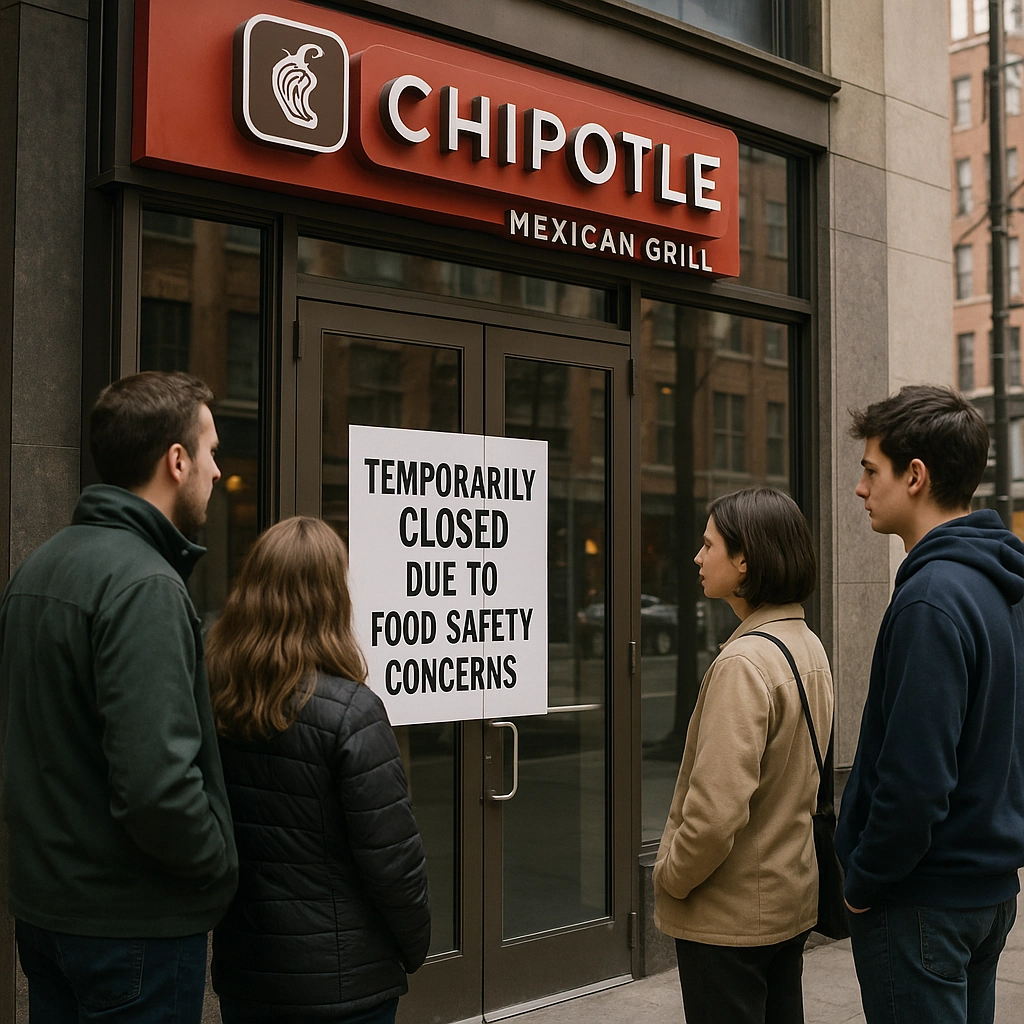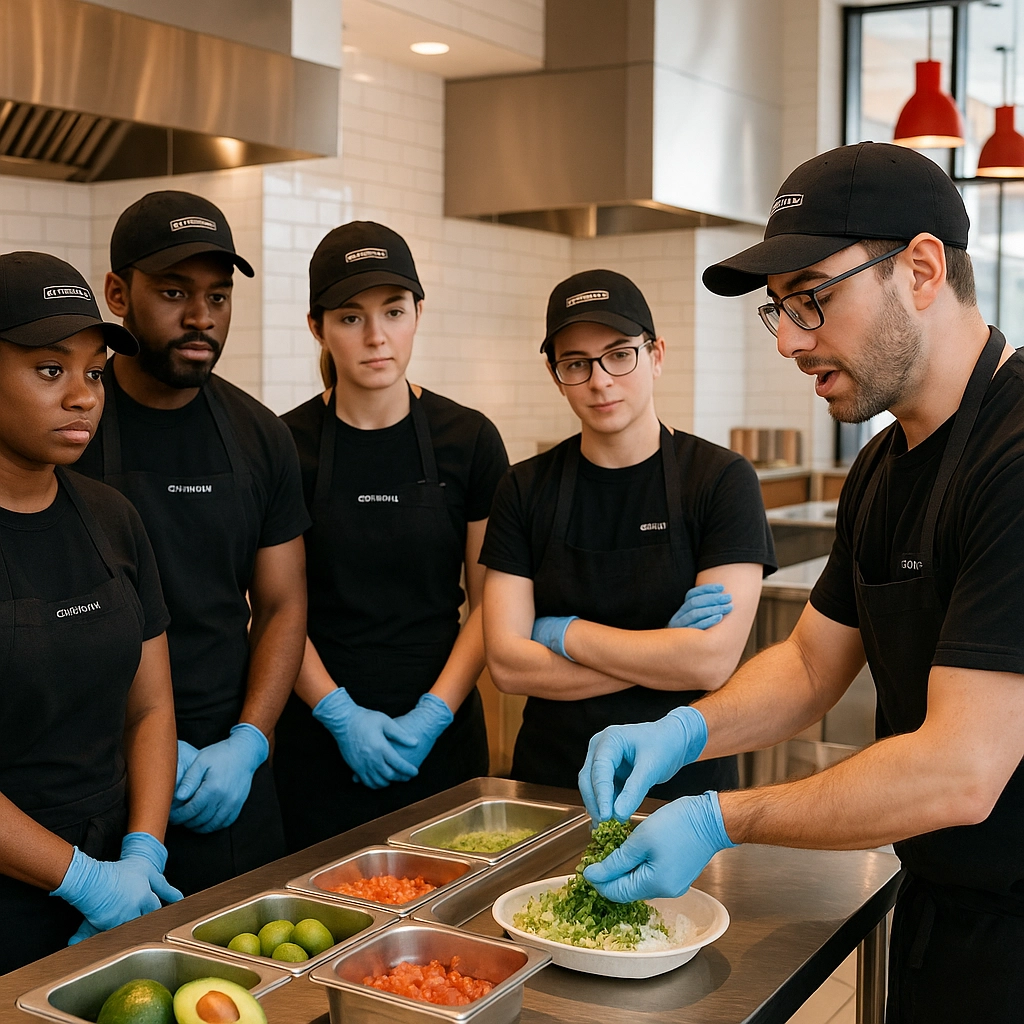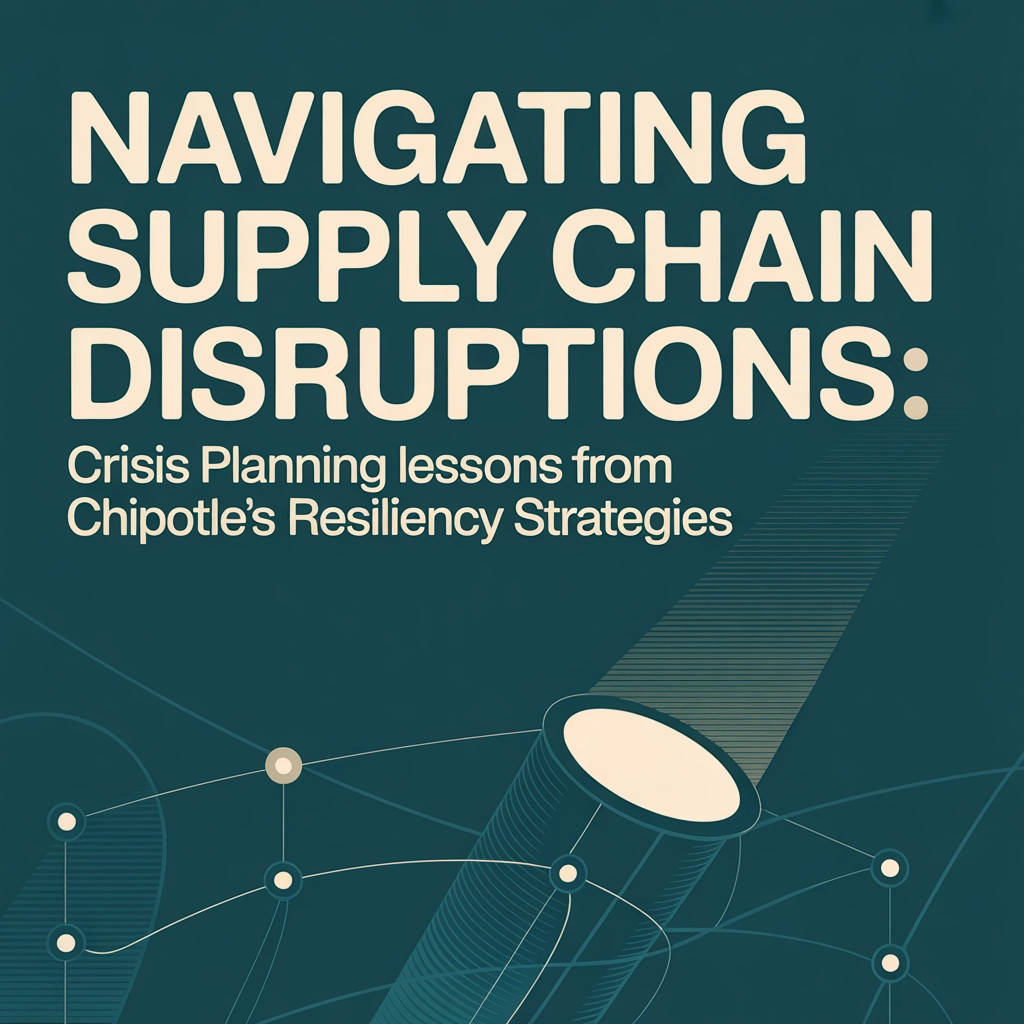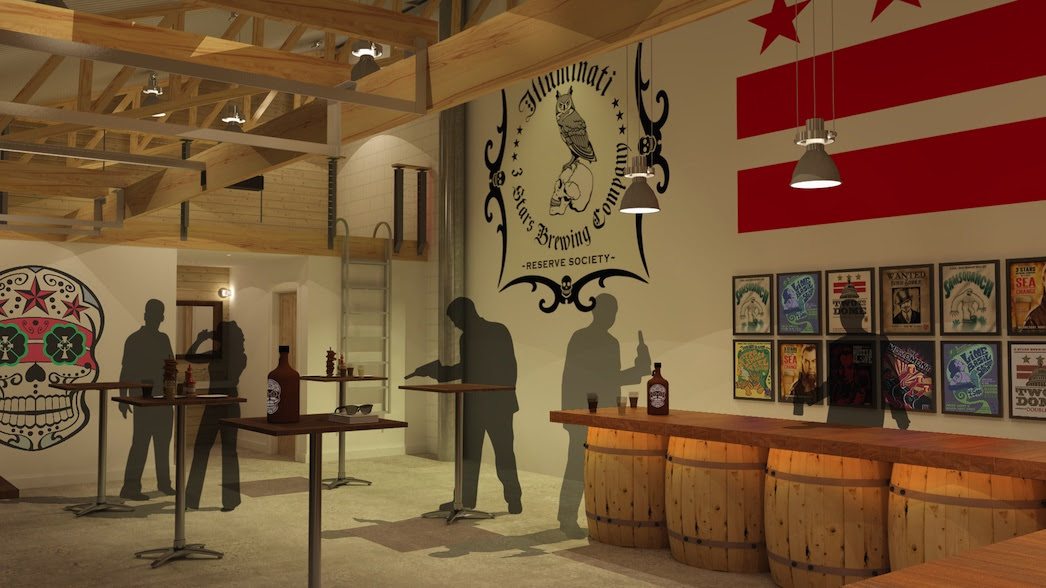Introduction: When Crisis Hits the Heart of Hospitality
The last decade has brought unprecedented disruption to the food and hospitality sectors, underscoring a critical truth: your supply chain is only as strong as its weakest link. Industry icons like Chipotle have experienced this reality in full force, and their journey from high-profile crisis to operational resurgence reads like a roadmap for restaurant, beverage, and hospitality leaders looking to future-proof their businesses.
Few stories have been dissected as thoroughly as Chipotle’s food safety crisis. But beneath the headlines are actions, decisions, and hard-learned lessons that every operator—whether running a single concept or a national brand—should take to heart as supply chain volatility becomes the new normal.
The 2015 Chipotle Outbreak: A Cautionary Tale for All Operators
In late 2015, Chipotle experienced a series of foodborne illness outbreaks, including E. coli and norovirus, which affected hundreds of guests, prompted the closure of more than 40 units, and triggered investigations from multiple federal agencies. 
This was a watershed moment, not just for Chipotle’s outspoken “food with integrity” philosophy, but for the entire fast-casual sector. The crisis revealed glaring vulnerabilities in maintaining complex, high-integrity supply chains at scale, and it sent shares tumbling by over 40% while earnings cratered by nearly $500 million.
As Darren Tristano, a leading industry analyst (www.technomic.com), put it: “Their strength—their commitment to quality—became their Achilles’ heel as the business scaled. Supply chains designed for local, artisan sourcing simply weren’t equipped to deliver transparency and safety at national scale.”
Where the Chain Cracked: Complexity and Traceability
Chipotle’s expansion—almost 200 new locations per year—put immense strain on its supply chain. Its model of sourcing natural, locally-grown, and responsibly-raised ingredients from myriad suppliers led to two critical pain points:
- Complexity: Each link in the network added new variables for quality control and food safety.
- Lack of End-to-End Traceability: When the crisis hit, Chipotle struggled to quickly isolate the origin and spread of contaminants.
According to CDC officials (www.cdc.gov), the inability to pinpoint contamination sources underscored a universal industry challenge: supply chain systems must provide granular, real-time visibility, especially for traceability from farm to sale.
Strategic Response: How Chipotle Engineered Its Comeback
1. Supply Chain Overhaul—And Costly Upgrades
Rather than default to the status quo, Chipotle launched the most aggressive food safety initiative in quick-service history. This included:
- Partnering with IEH Laboratories for DNA-based testing of fresh ingredients before shipment to restaurants.
- Shifting critical prep activities to centralized kitchens, where control and standardization were easier to enforce.
- Instituting more frequent and robust supply chain audits, both internal and via independent third parties.
These changes were labor-intensive and expensive—but non-negotiable. And while some suppliers balked at the new requirements (especially smaller local purveyors), those who adapted became strategic partners in Chipotle’s renewed commitment to safety and quality.
2. Policy and Protocol Reform
Chipotle also tackled vulnerabilities at the human level. Since foodborne illness often arises from cross-contamination or sick employees reporting to work, the company rolled out comprehensive paid sick leave and mandatory reporting policies to prevent presenteeism.
Training programs were upgraded, and staff in every unit received enhanced education in both regulatory compliance and real-world food safety best practices. 
3. Transparent Communication and Brand Rebuilding
Most crisis playbooks focus on “containment,” but Chipotle went further—taking its message directly to consumers. The company used direct mail, targeted media campaigns, and in-store signage to admit past mistakes and highlight the rigorous new safety protocols.
While critics initially doubted the approach, this transparency catalyzed the recovery of Chipotle’s brand trust, as did their emphasis on the role of culinary craft in safe food—the brand’s original differentiator.
Broader Lessons: Building Resilience from the Chipotle Playbook
1. Visibility is Non-Negotiable
Chipotle’s experience underscores that supply chain visibility must move beyond spreadsheets and periodic audits. Operators need digital traceability tools that track every component from farm and facility all the way to the customer’s hands, and fast-casual leaders like Sweetgreen and Domino’s have since adopted blockchain and AI-driven platforms to bridge gaps in their own networks.
2. Centralize Where You Can, Diversify Where You Must
Centralized prep and safety testing introduced a more uniform, reliable process at Chipotle, but the company also invested in diversifying supply partners with redundant sources for critical ingredients. Today’s industry best practices call for both: reducing single points of failure without sacrificing oversight.
3. Regular Stress Tests and “What If?” Scenarios
Crisis planning isn’t a one-and-done task. Savvy brands schedule annual “tabletop” exercises and scenario modeling to reveal vulnerabilities and train teams for rapid response. For inspiration, look to Starbucks and its network of cross-functional “war rooms” used during global coffee supply disruptions.
For a step-by-step look into labor and operational risk, check out our feature: Behind the Scenes with Innovative Chefs: Labor Cost Solutions.
4. Invest in People, Not Just Processes
Chipotle found that protocols are only as strong as staff buy-in. By investing in ongoing education, clear communication, meaningful benefits, and transparent leadership, the company transformed a demoralized workforce into the front line of brand recovery.
Read more about leadership strategies that make a difference: Prime Hospitality Group Appoints Jose Laboy as Chief Operating Officer to Lead Expansion Strategy.
5. Have a Playbook—But Be Ready to Pivot
Every supply chain crisis has “unknown unknowns.” Chipotle’s willingness to embrace uncomfortable feedback—from regulators, media, and guests—was critical to its iterative approach and fast adaptation.
Key Takeaways for Hospitality and Foodservice Leaders
- Invest in Traceability with digital technology that offers real-time, end-to-end oversight.
- Diversify and Vet Your Supplier Network regularly—both for risk management and for speed-to-market flexibility.
- Centralize Mission-Critical Safety Operations where scale and control are possible.
- Test Your Playbook with regular simulations; update your contingency plans as new threats emerge.
- Prioritize Transparent Communication both internally and externally, especially when rebuilding guest trust.
- Emphasize Team Engagement with robust training and policies to ensure protocols actually work under real-world conditions.
Beyond Chipotle: Industry Innovations for Supply Chain Resiliency
Top-performing brands are making bold moves:
- McDonald’s is leveraging AI to optimize inventory and logistics.
- Panera Bread uses predictive analytics to forecast shortages and adapt procurement in real-time.
- Caliwater (see our profile: Caliwater: A Leader in Plant-Based Hydration Beverages) cultivates direct grower partnerships for ingredient visibility and sustainability, lowering risk in volatile categories.
The Future: Collaborative and Tech-Forward Supply Chains
As industry volatility persists, collaborative models—like supplier consortiums and regional food hubs—plus next-generation tech (from IoT temperature monitoring to AI-powered logistics mapping) are transforming how forward-looking operators manage risk.
No system is bulletproof. But as Chipotle’s rebound proves, a philosophy of investment, humility, and learning can turn crisis into competitive advantage—not just reputational recovery.
Call to Action
For more strategies on building resilient operations, subscribe to Food & Beverage Magazine’s weekly briefing. Got a supply chain story or lesson learned? Share your experience in the comments below for a chance to be featured in our next industry round-up.
Written by Michael Politz, Author of Guide to Restaurant Success: The Proven Process for Starting Any Restaurant Business From Scratch to Success (ISBN: 978-1-119-66896-1), Founder of Food & Beverage Magazine, the leading online magazine and resource in the industry. Designer of the Bluetooth logo and recognized in Entrepreneur Magazine’s “Top 40 Under 40” for founding American Wholesale Floral. Politz is also the founder of the Proof Awards and the CPG Awards and a partner in numerous consumer brands across the food and beverage sector.
Disclosure: Portions of this article were developed with the help of AI research tools and have been reviewed to ensure editorial integrity.








